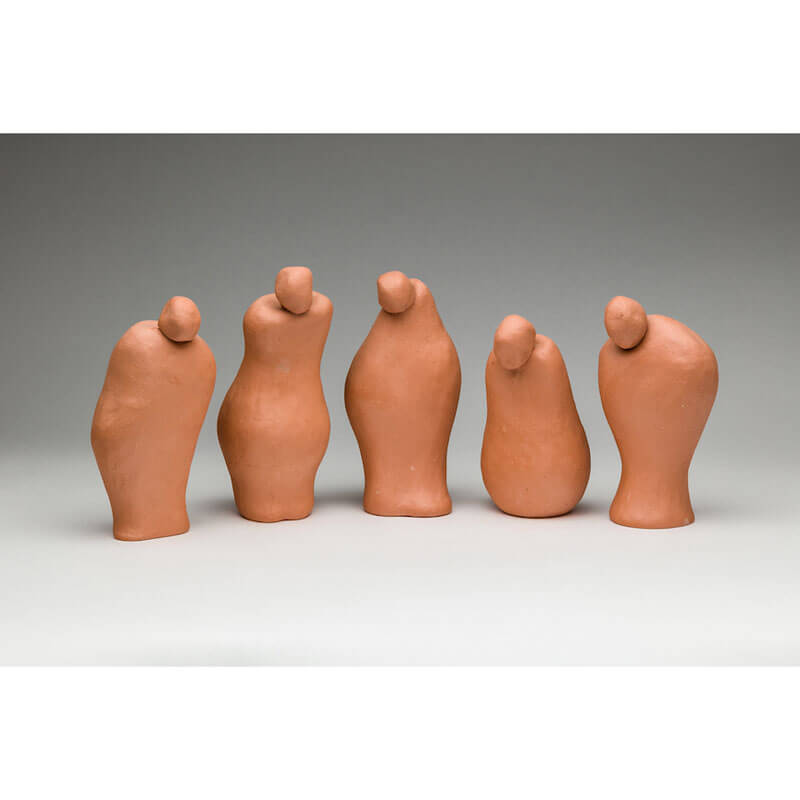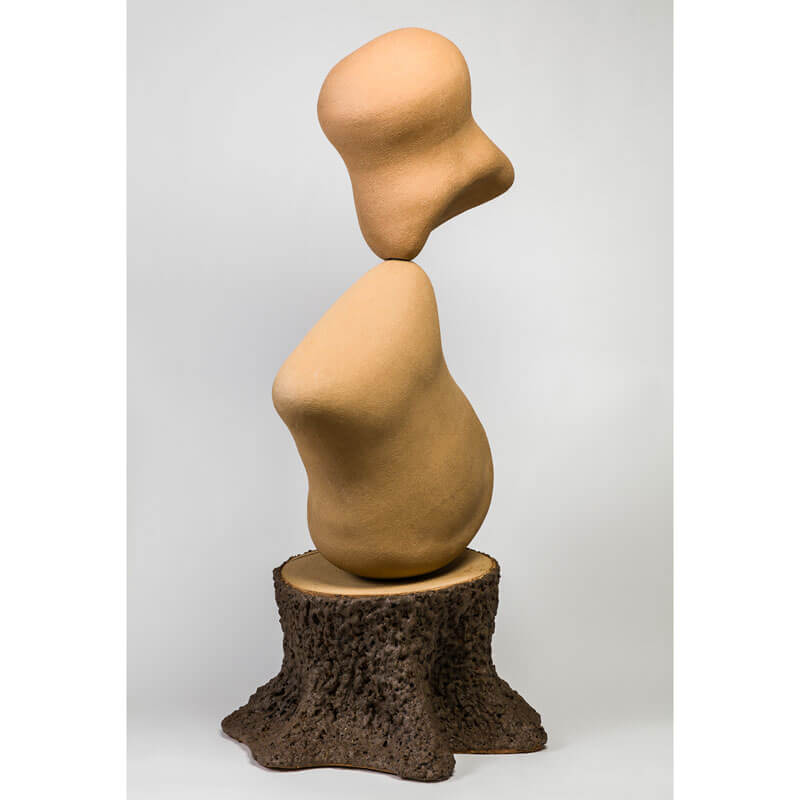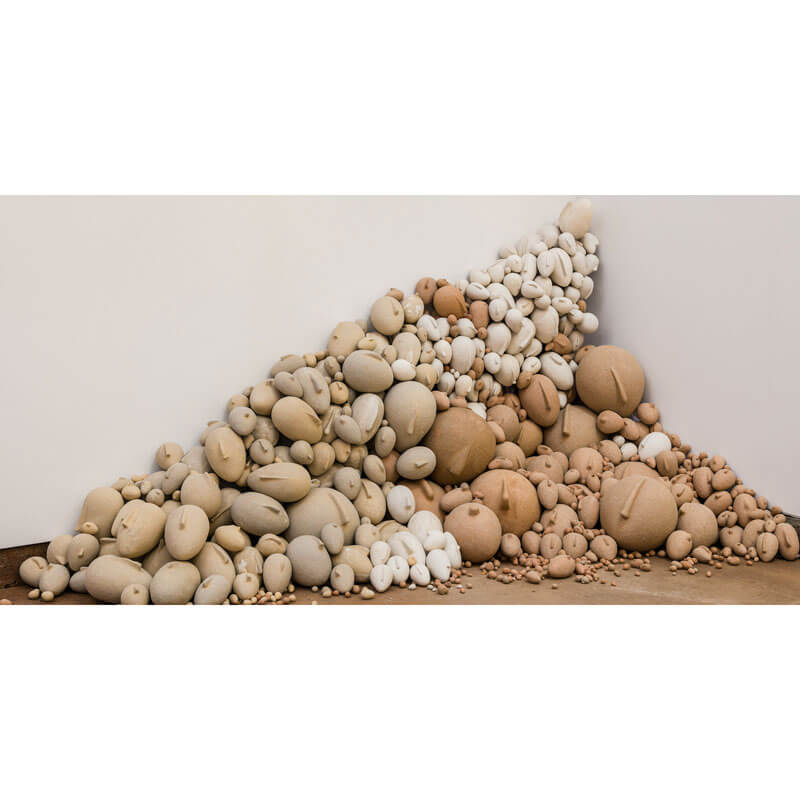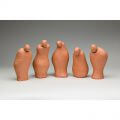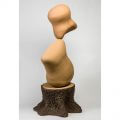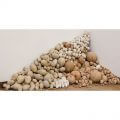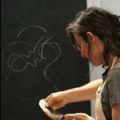
Red Lodge Clay Center – Short-Term Resident (AIA) 2019
Tina Suszynski attended Dickinson College, Carlisle, PA, earning a B.A. in International Studies after spending her junior year studying in Paris, France. She then earned a J.D. from Loyola University of Chicago. She has taken figure drawing at the Art Institute of Chicago, figure sculpture and other ceramic classes at the Evanston Art Center and the Art Students League of Denver. Tina’s instructors have included : Peter Durst, Robin Hopper, Eric Jensen, Jun Kuneko, Benjamin Lira, Stephen Mickey, Rick Parsons, Bruce Price, Martha Russo, Paul Soldner, Stan Welsh, and Lana Wilson.
Tina attended A.I.R. Vallauris, France, as a resident artist and has put together an Artist-Invites-Artists Residency for the summer of 2019 at the Red Lodge Clay Center in Montana. She recently became a member of Artnauts, a socially and politically based art collective that shows internationally.
Growing up in the New Jersey Shore, my youth was dominated by long stretches of solitude interrupted by seasonal commotion. Summers of labor and libations were subsumed by longer “off-season” cycles of quiet contemplation. Fall arrived, the sea calmed, plant life soothed, horizons hailed freedom. When I migrated to Chicago, I was engulfed year-round by a cacophony of humanity, constant motion, horizons obscured by buildings and plastic trees–alienation in the midst of a throng. Then I moved west to the Denver area and found temporary solace in the western ideal, celebrating individualism and resilience. All along, I have been fascinated with watching people interact, or fail to interact, build communities, and then tear them down.
The scramblings of humanity have an inclination towards obliterating the natural world while attempting to embrace and appreciate it.
We plant individual trees and expect them to thrive. We live isolated lives and expect the community to prosper. But trees grow to their fullest in healthy forests. They communicate and aid one another for the general good. We humans have morphed into untethered individuals afloat in our own heads. Loneliness and alienation are seeded by conversations of support and community. The human psyche and the natural world are locked in battle. Forests disappear, solitary trees wither, the air browns. People stare at their palms.
As I accumulate these experiences and observations, I am impelled to broaden my studio art practice to address the paradox of community versus the individual, of humanity versus the environment. I create figureless heads and headless figures that exist together but do not coexist. Some of my sculptures are parts of the body; hips, shoulders, and torsos, rounded and closed off, piled onto each other in a perilous attempt to own the sun, to be at the top. Others cover the ground, smothering what lies below. Nothing is whole. Faces lack expression without eyes or mouths; noses and colors hint at what so often separates us. Heads reside in monochromatic groups or as individuals with limited comingling at the edges. Part of nature holds on, even pokes through, or lies in a dead heap, as it struggles to survive the onslaught. It is all precarious.

